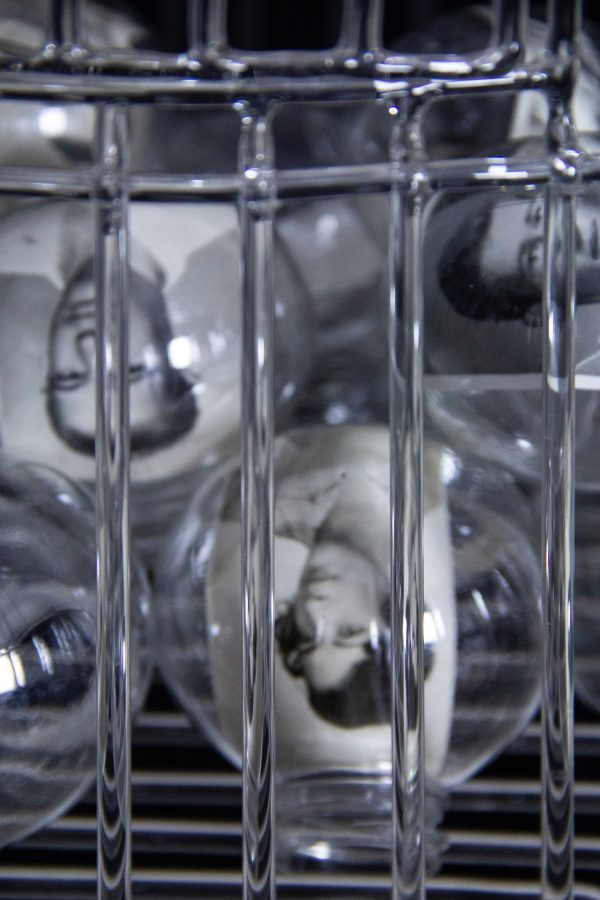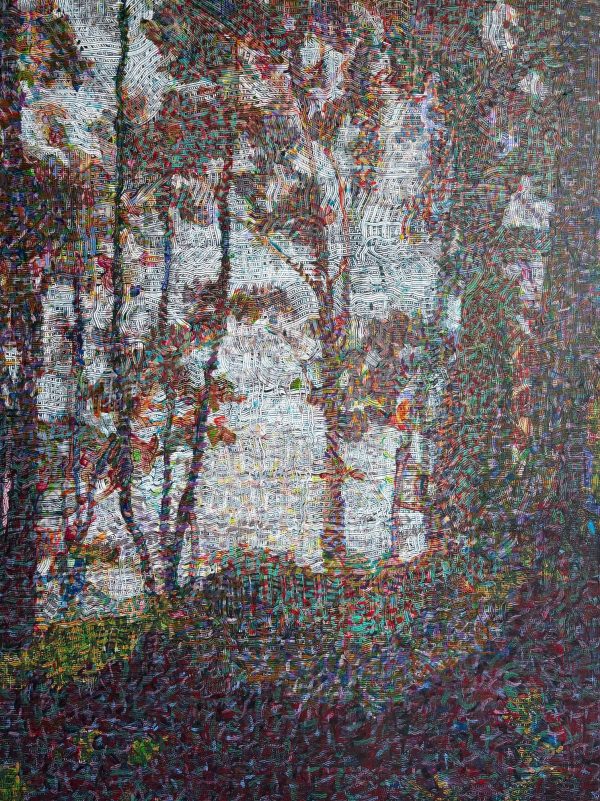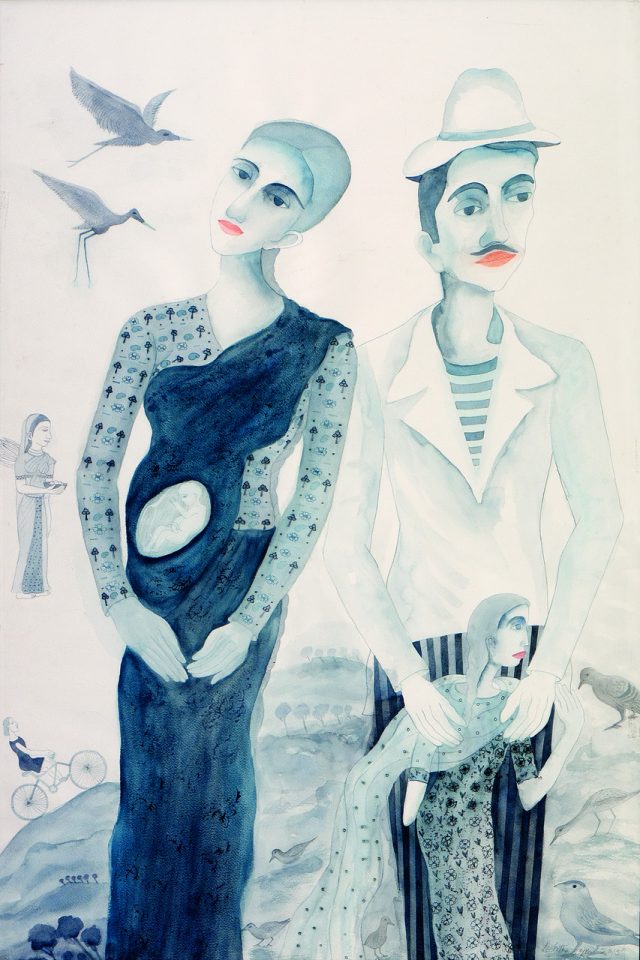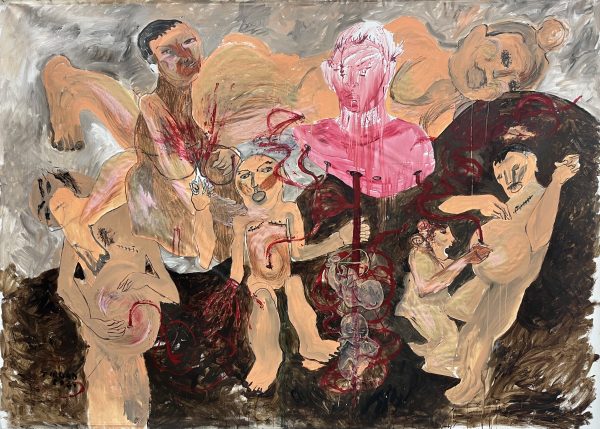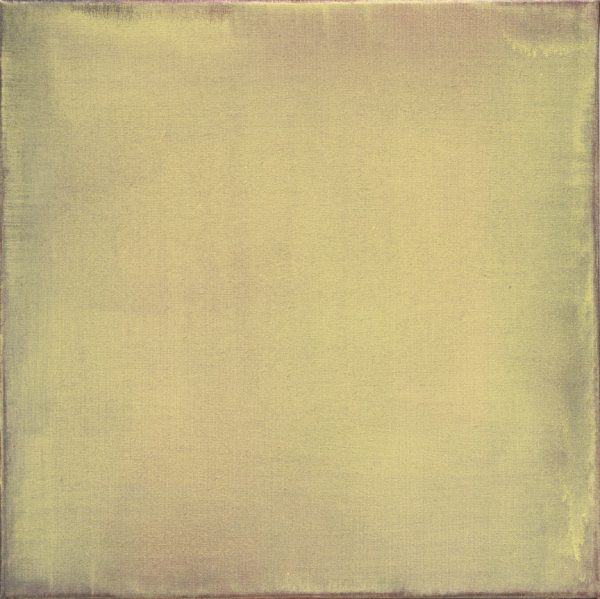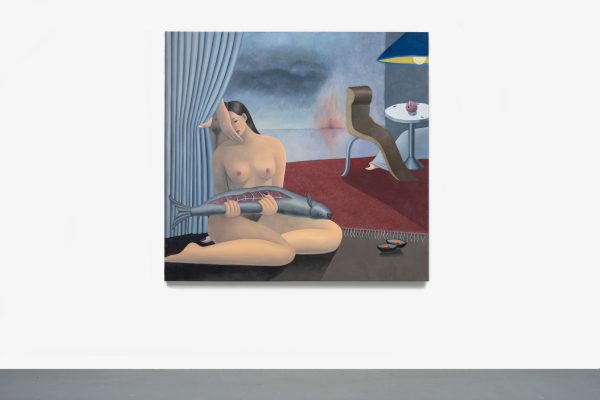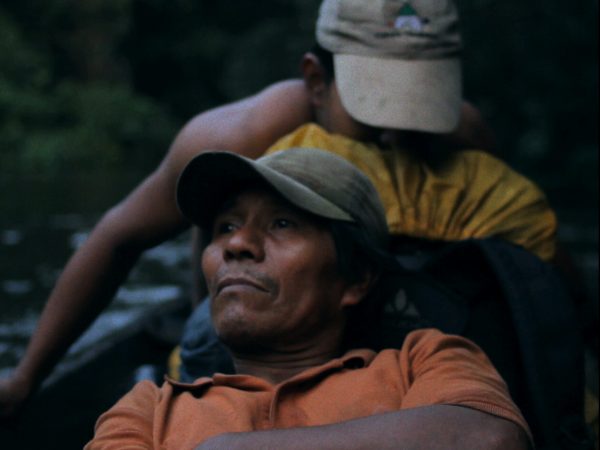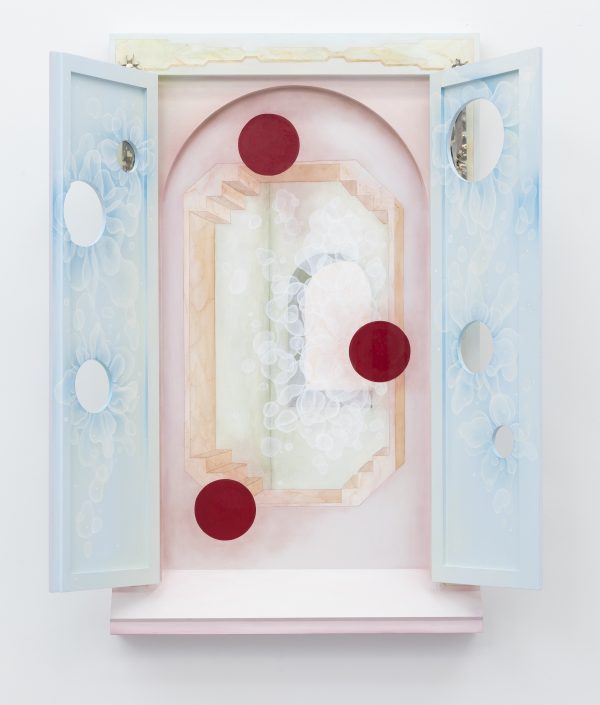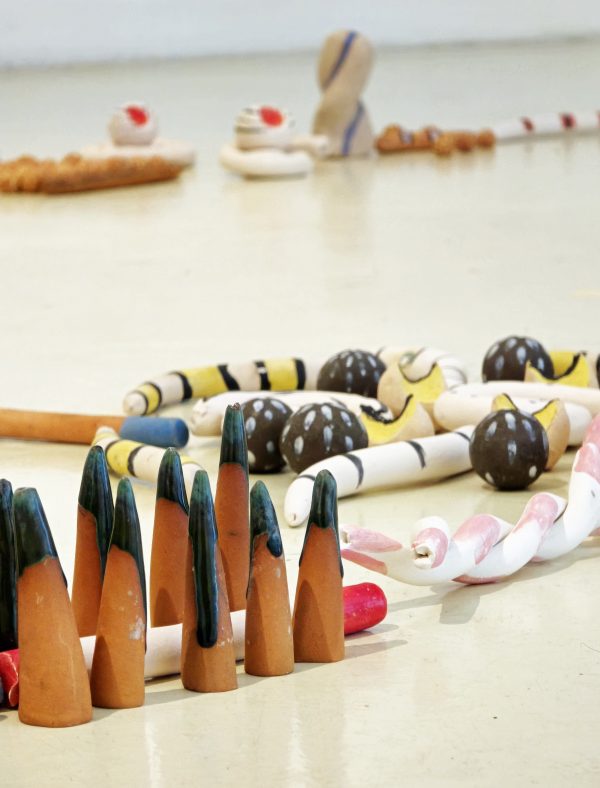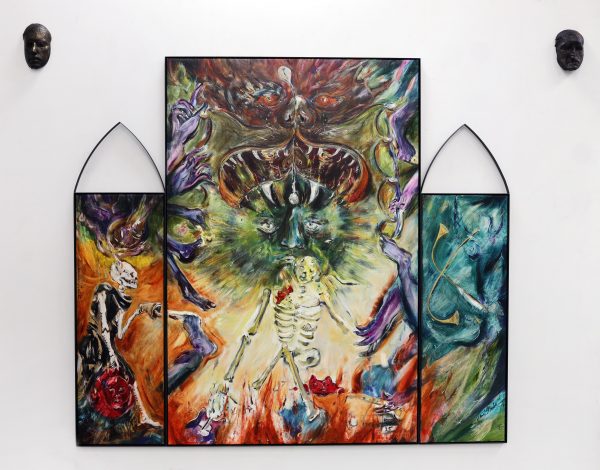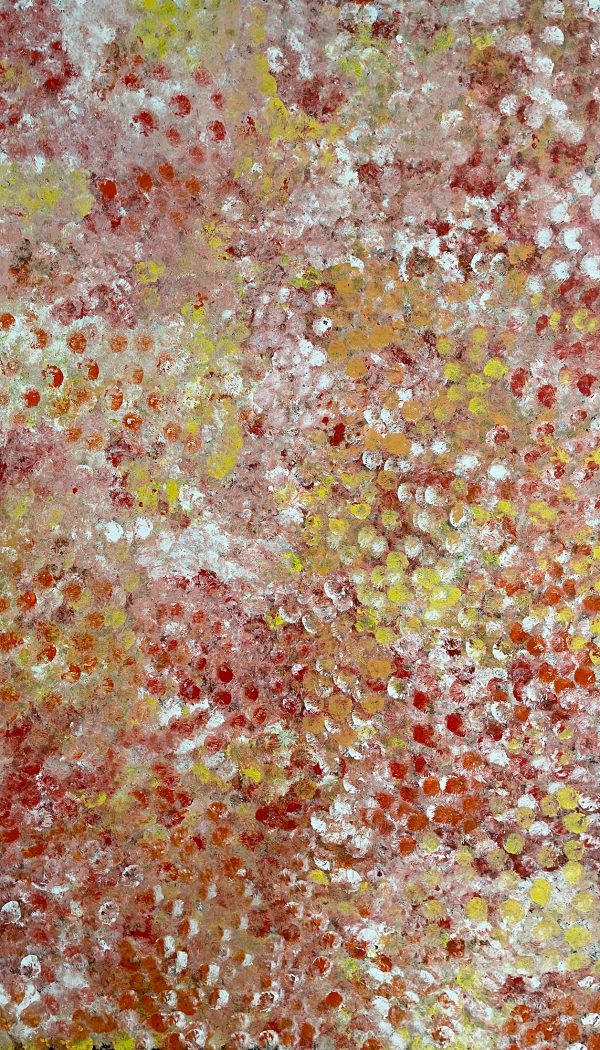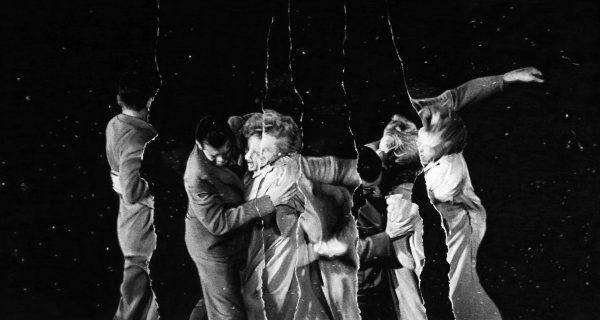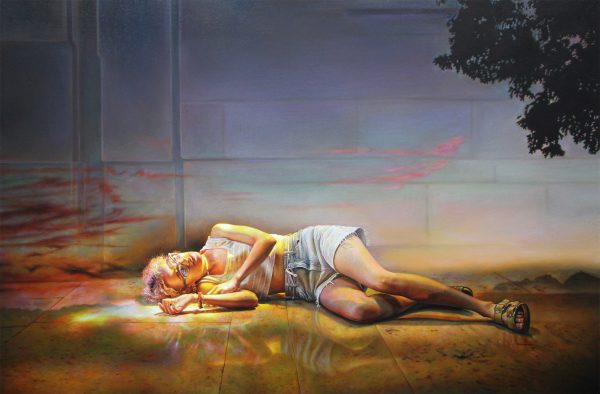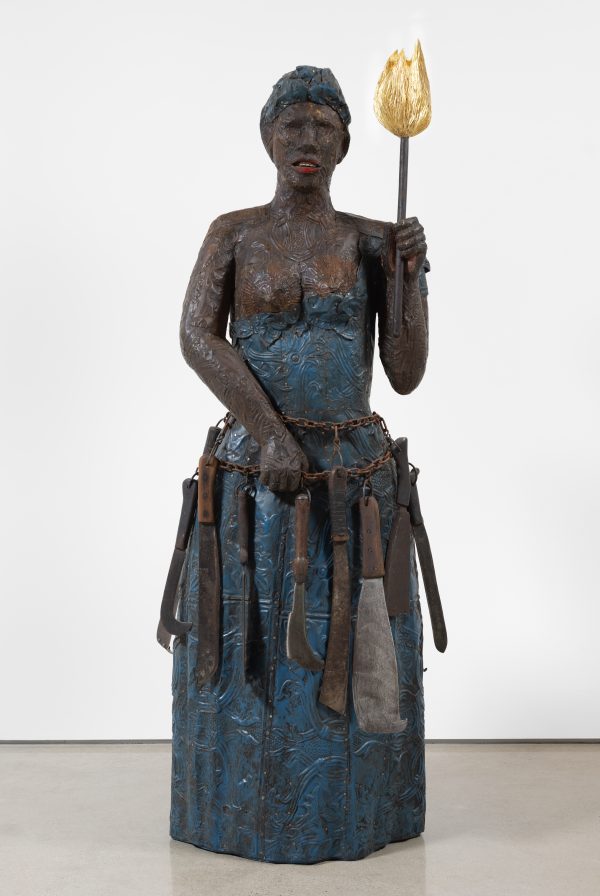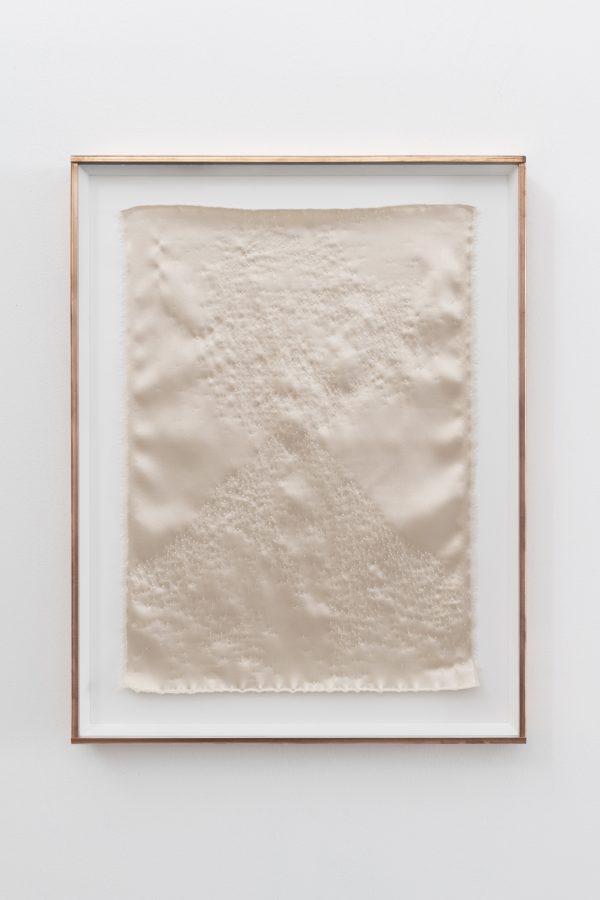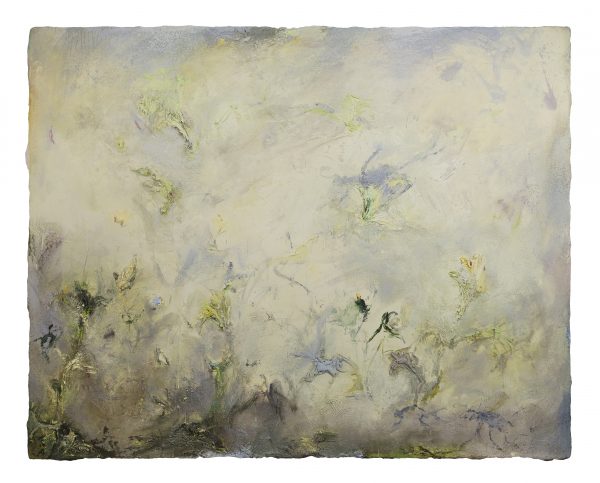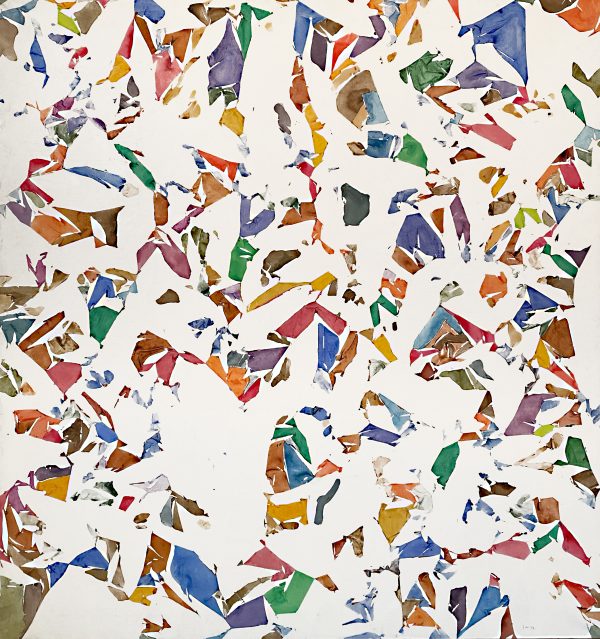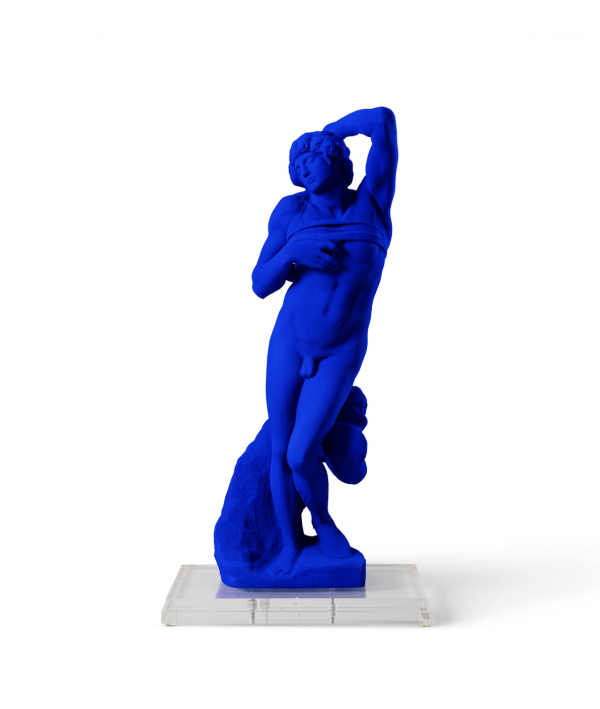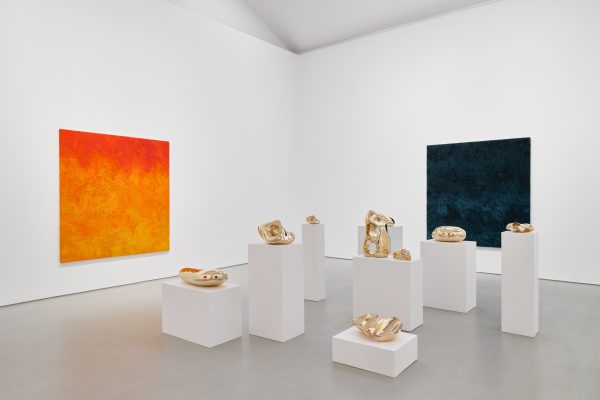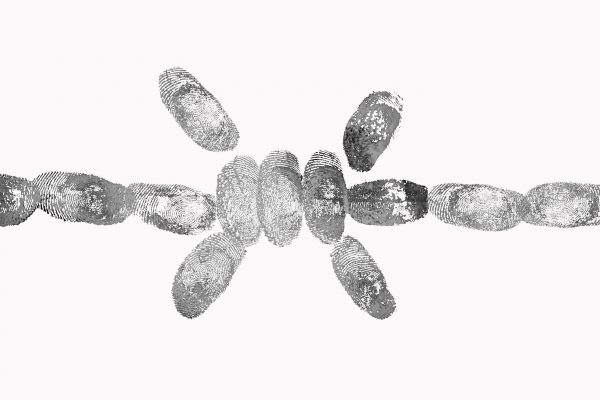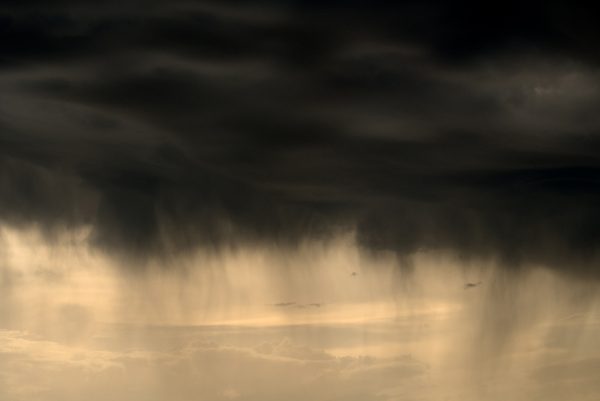Galerie Anne Barrault
Lalitha Lajmi , India
Lalitha Lajmi. Performer and Child, 2015. Watercolor on paper, 21 x 14 inches. Courtesy of the Estate of Lalitha Lajmi and Gallery Art & Soul, Mumbai.
Carte blanche granted to Skye Arundhati Thomas
The Anne Barrault Gallery presents the first solo exhibition of Lalitha Lajmi in France. Born in 1932 in Kolkata, India, her works are part of the collections of the National Gallery of Modern Art in Bombay, the British Museum, and the CSMVS Museum. A self-taught artist, she combines watercolor and psychoanalysis, using her dreams as creative material to depict a face through repeated self-portraits: a smooth, round face, with a slightly raised chin, large eyes with heavy eyelids. Her body moves from one painting to another, sometimes observing the scene or organizing it, always with the same mischievous little smile, a grimace on her lips. Exploring narcissism and introspection, she transforms her inner world into a reflection on the construction of modern identity and a quest for meaning in a complex context.
Solo show of Lalitha Lajmi
From April 29th to June 14th, 2025
Rendez-Vous
Saturday 24 May 2025 at 2:00 pm
Guided tour of the show by Skye Arundhati Thomas – Galerie Anne Barrault
75003 Paris, France 09 51 70 02 43 galerieannebarrault.com
The gallery
Since its creation, the Anne Barrault Gallery has supported young artists while highlighting figures such as Daniel Spoerri and Roland Topor. It has organized the first exhibitions of Tiziana La Melia, Stéphanie Saadé, and Guillaume Pinard, among others. In 2021, Neila Czermak Ichti presented her first exhibition, followed by Liv Schulman in 2022, Rayane Mcirdi in 2023, and Vimala Pons in 2024. Regularly, the gallery supports the creation of monographs and invites independent curators. In 2025, Skye Arundhati Thomas will present the first solo exhibition of Lalitha Lajmi in France.
Gallery artists
David B., Katharina Bosse, Neïla Czermak Ichti, Bertrand Dezoteux, Julie Doucet, Dominique Figarella, Jochen Gerner, Killoffer, Tiziana La Melia, Marie Losier, Manuela Marques, Ramuntcho Matta, Rayane Mcirdi, Ibrahim Meïté Sikely, Olivier Menanteau, Pierre Moignard, Guillaume Pinard, Vimala Pons, Jagdeep Raina, Tere Recarens, David Renaud, Stéphanie Saadé, Liv Schulman, Daniel Spoerri, Roland Topor, Alun Williams, Euridice Zaituna Kala
Galerie sélectionnée par Daria de Beauvais, Anaël Pigeat et Chris Cyrille Isaac
